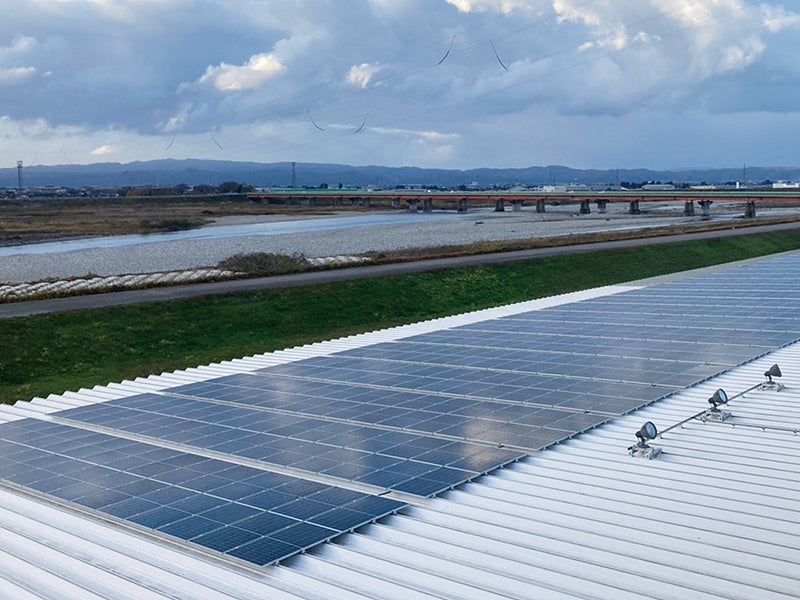https://www.energytrend.com/news/20220216-25922.html
Renewable Energy is Getting Cheaper, Why is This Not Reflected in European Electricity Prices? |
| published: 2022-02-16 9:30 | editor: et_editor | category: News |

The global energy market is once again in turmoil. International natural gas prices will more than triple in 2021, bankrupting many European energy suppliers and spiking European electricity prices. However, with the increase in the number of installations due to technological evolution, the cost of renewable energy has dropped precipitously. Why is electricity pricing still so high in Europe where implementation speed is racing ahead of forecasts?
In 2021, the global economy began recovering from the pandemic. The demand for electricity rose with fluctuations of the economy. In addition, a cold winter has arrived to drive the price of natural gas higher. After all, not every country can produce its own coal mines or natural gas and the demand for electricity and heating is rising. At the same time, the price of electricity will definitely rise if natural gas reserves are insufficient and natural gas must be imported.
As a result, most governments are helpless in terms of wholesale gas prices. This is also reflected in residential electricity bills which have risen to over £1,200 in 2021 and are expected to soar another 50% by 2022. The rise in electricity bills is not about using too much electricity but high gas prices pushing up electricity bills. Many European countries, including the UK, are competing with Asia for gas supplies and whoever pays more has more resources.
The United Kingdom, which is highly dependent on natural gas, can be said to be the most affected. Natural gas accounts for approximately 40% of power generation in the United Kingdom and 85% of households use natural gas for heating. Although renewable energy can supply 25% of electricity, the UK must still rely on natural gas in winter.
Even though the cost of wind and solar energy has fallen sharply, electricity prices are still driven by natural gas. In the early days, the UK and Europe mainly adopted lump-sum tariffs (fixed electricity prices). The long-term fixed tariffs provided by the government are the driving force for developers and investors which can reduce the cost of construction. So even if the new renewable energy equipment is cheap, cost of initial planning must still be added, causing pricing to fall more slowly.
Although the cost of green energy construction is high, it is still not comparable to the operating cost of fossil fuels. Due to the uncertainty of the wholesale price of natural gas, only energy suppliers can compete with each other in the free market and households and other small businesses cannot purchase long-term fixed contracts.
Reform before subsidies, right?
In 2021, the benchmark natural gas price in Europe soared by 330%. European governments have spent tens of billions of euros including the abolition of the energy value-added tax to more explicitly help energy poor households, hoping to reduce the impact of high electricity prices on society. Not enough, said Harry Wyburd, Director of European Equity Research, Utilities & Renewables at Bank Of America Merrill Lynch, since measures in Western Europe could only offset roughly a quarter of the rise in electricity prices.
Analysts estimate that Western European households spent an average of 1,200 euros on gas and electricity in 2020 which will rise by 54% to 1,850 euros based on previous wholesale prices, given that most energy providers buy the electricity or natural gas customers need 6-9 months in advance. Current electricity pricing does not include the "Russian factor," and natural gas prices will rise again in the future.
The second line of the Russia-Germany Nord Stream 2 natural gas pipeline was completed in September of last year and the gas injection process has started. After follow-up technical testing and approval for operations, gas supply can begin. However, as previously reported, some EU parliaments have accused Russia of using its own advantages to inflate gas prices citing its reluctance to expand gas supplies to speed up the approval of Nord Stream 2.
UK charity National Energy Action said high electricity prices could push another 1.5 million households into fuel poverty, unable to turn on the heat to keep warm in the harsh winter, bringing the total number of energy poor in the UK to 6 million, or 20% of households in the UK in distress.
Wyburd stated, current electricity pricing is mainly based on the average gas price 6-9 months prior, which is like a slow-motion special effect. Others believe, “never waste a good crisis.” Instead, the UK's energy architecture should be thoroughly analyzed, not only to provide short-term solutions, but also to expose the long-term sustainability risks of the energy system.
(Image:shutterstock)



